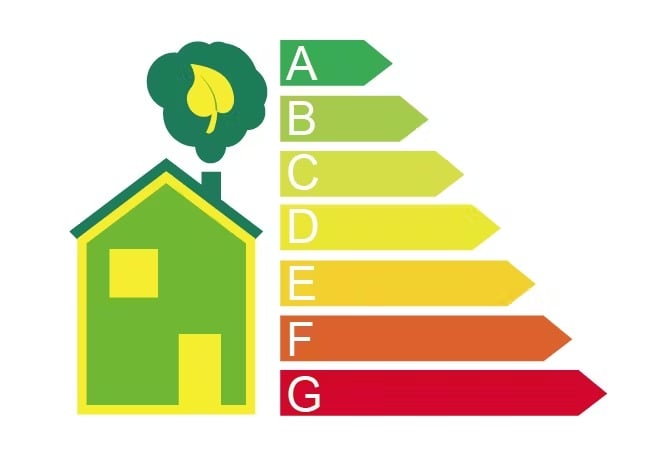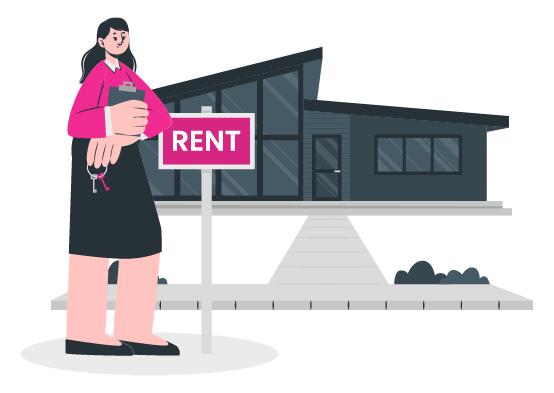In today’s property market, energy efficiency is more than just a buzzword it’s a factor that directly influences rental income, tenant demand, and long-term property value. At the heart of this conversation in Ireland is the Building Energy Rating (BER) system.
So, how exactly does a property’s BER affect its rental income? And how can landlords use tools like the FindQo.ie Rental Estimate Tool to better understand this dynamic?
Let’s break it down.
What Is a BER and Why Does It Matter?
A BER is a standardised energy performance certificate issued in Ireland, rating a property’s energy efficiency on a scale from A1 (most efficient) to G (least efficient).
Why it matters:
- It’s required by law when advertising a property for sale or rent.
- It gives prospective tenants insight into expected energy costs.
- It’s becoming a key factor in rental pricing, especially in competitive urban markets.
How BER Influences Tenant Decision-Making
Today’s renters are more energy-conscious than ever. Here’s why BER is important to them:
- Lower energy bills: A high BER means better insulation, efficient heating, and reduced running costs.
- Climate awareness: Many tenants are prioritising eco-friendly homes.
- Comfort: Higher-rated homes maintain temperature better throughout the year.
As a result, homes with a BER of B3 or higher tend to attract higher-quality tenants and may spend less time on the market.
The Link Between BER and Rental Income
Now, let’s get to the heart of the matter: Does BER actually impact rental income?
Yes here’s how:
1. Higher BER, Higher Rent Potential
Studies and live rental data suggest that properties rated A or B can command a premium of 5–15% over similar homes with a lower BER.
💡 For example, a 2-bedroom apartment in Dublin 8 with a B1 rating might rent for €2,200/month, while a similar property with a D2 rating may only reach €1,950.
2. BER as a Differentiator in Competitive Markets
In high-demand areas like Dublin, Cork, and Galway, tenants may choose one property over another based purely on BER, especially if rents are similar.
3. Futureproofing Your Investment
With green regulations tightening, landlords with poor BER-rated properties may need to lower rents or invest in upgrades. Higher BER ratings protect rental value over time.
How to Accurately Price Rent Based on BER
Instead of guessing, landlords can use the FindQo.ie Rental Estimate Tool to factor BER into pricing decisions.

Here’s how it works:
- ✅ Live Market Data: See what similar properties with similar BERs are being rented for in your area.
- ✅ Historical Insights: Compare how BER has influenced rents over time.
- ✅ AI-Powered Predictions: Understand the full rental potential of your energy-efficient property or know how much a low BER might be costing you.
FindQo.ie uses data from all major Irish rental platforms and enhances it with exclusive intelligence, helping you make informed, data-backed decisions.
Upgrading BER: A Worthwhile Investment?
Improving your BER isn’t just about compliance it’s a smart move for landlords looking to boost returns. Some common upgrades include:
- Wall and attic insulation
- Modern heating systems (e.g. heat pumps)
- Energy-efficient windows and doors
- Solar panels
Many of these improvements are eligible for SEAI grants, making them more accessible. The rental income boost from even a one-grade BER improvement can make a noticeable difference.
Why It Matters for Landlords

- A better BER = better rent, shorter vacancy times, and higher tenant interest.
- BER plays a growing role in rental decisions, especially among energy-conscious renters.
- Tools like the FindQo.ie Rental Estimate Tool make it easier than ever to price rentals based on live BER-influenced data.
Whether you’re letting a modern apartment or an older terraced home, factoring in BER is no longer optional it’s essential.

